Altar of Peace Museum
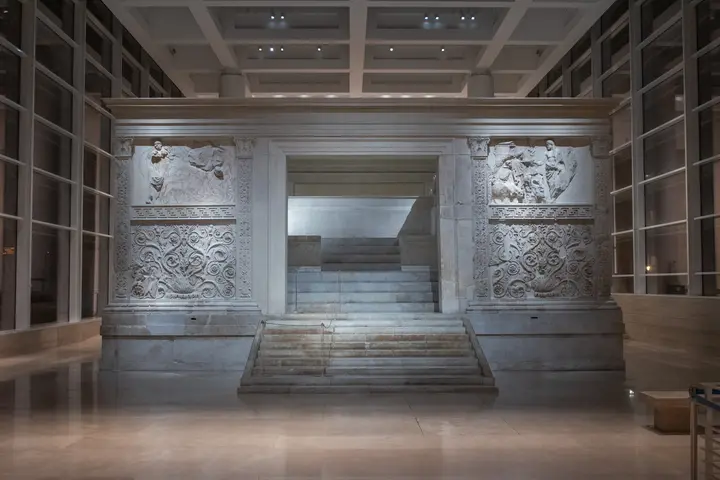
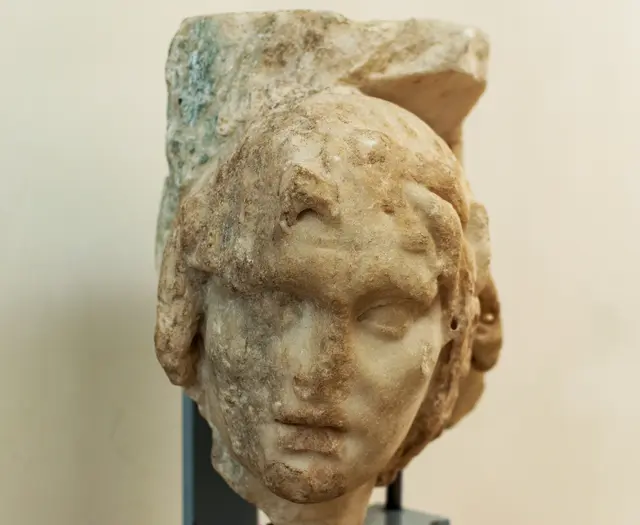
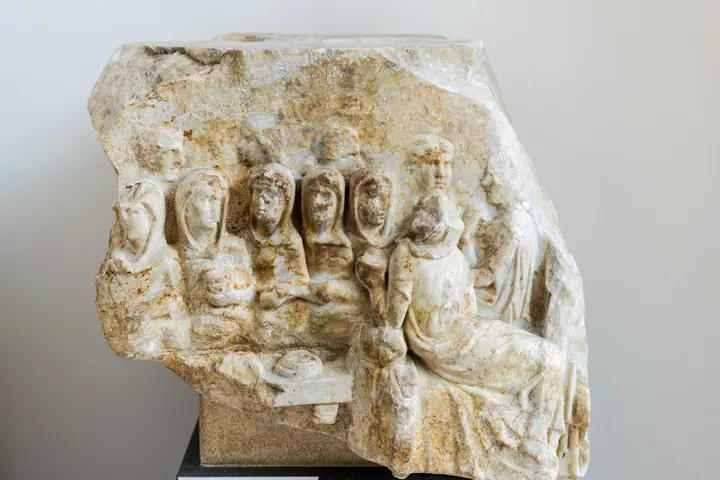
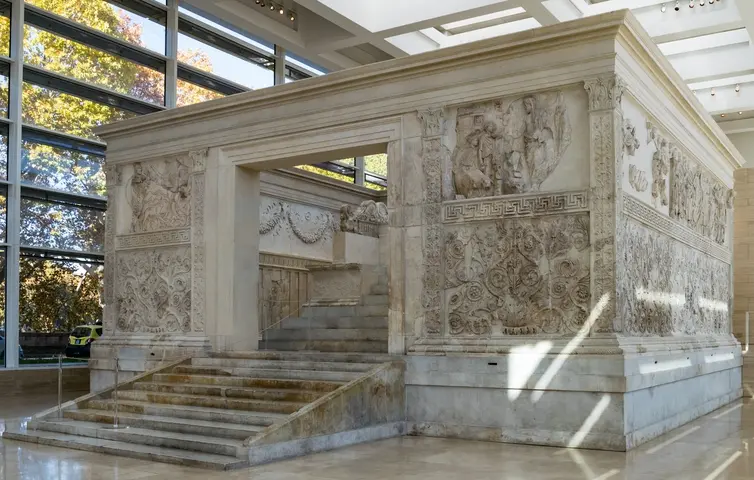
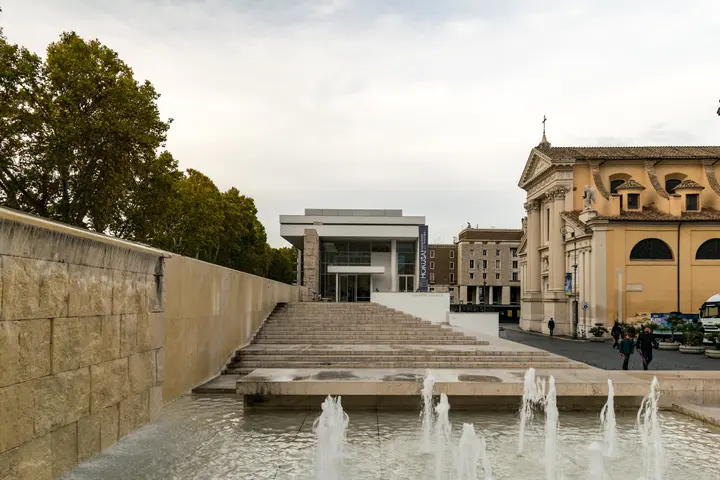
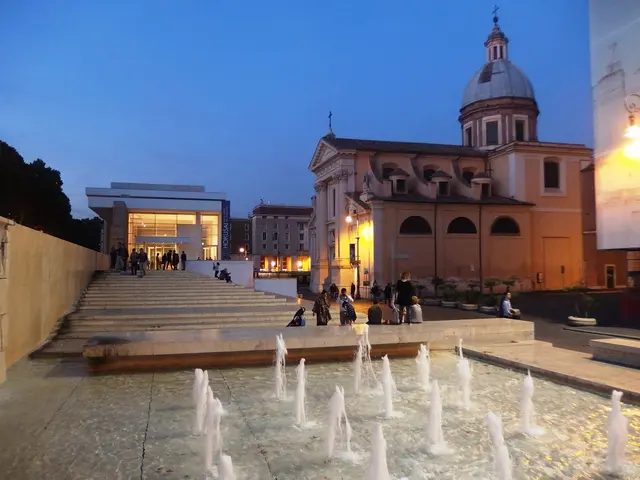
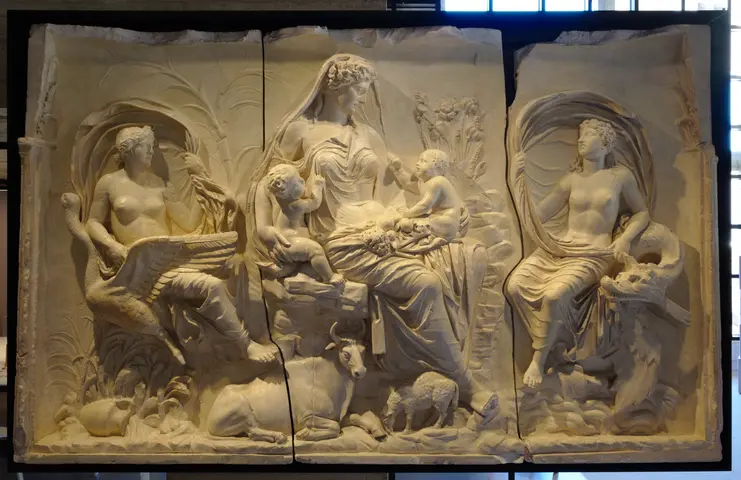
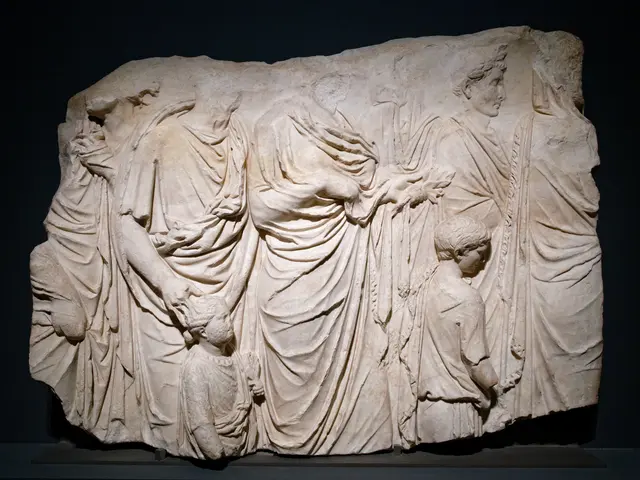
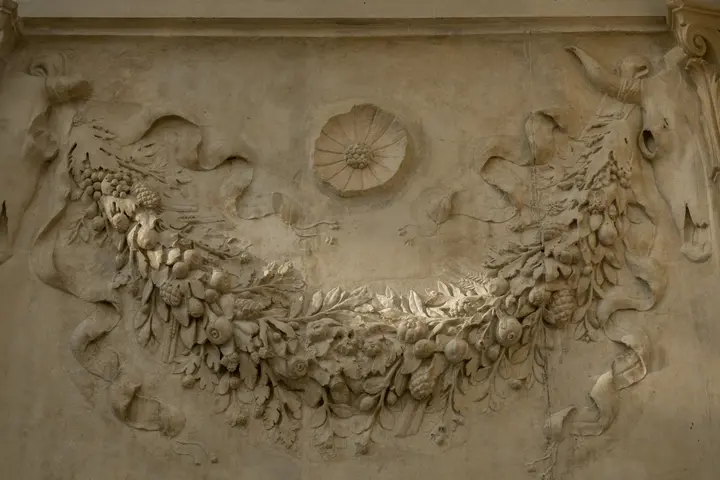
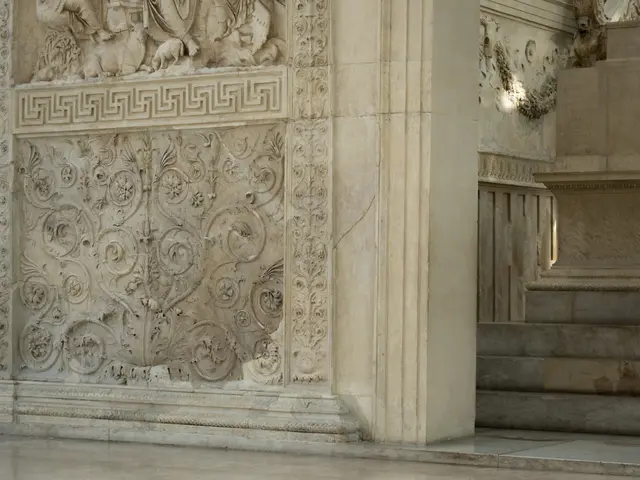
Introduction
The Altar of Peace Museum in Rome brings visitors face-to-face with the celebrated Ara Pacis Augustae, an ancient monument to harmony and imperial legacy. Inside its modern glass pavilion, we explore a story that stretches from Augustus’s Rome to today. This museum is not just a showcase of marble reliefs, but a living bridge between centuries—welcoming cultural travelers, teachers, and history enthusiasts to witness peace carved in stone.
Historic Highlights
🏛️ Birth of the Ara Pacis
The Altar of Peace Museum is home to the Ara Pacis Augustae, commissioned in 13 BC by the Roman Senate for Augustus’s triumphant return. Augustus himself wrote,
“The Senate voted to consecrate an altar to Pax Augusta… in the Campus Martius.”
— Augustus, Res Gestae
Consecrated on January 30, 9 BC, the marble altar dazzled Romans with reliefs that celebrated prosperity and piety. Located in the bustling Campus Martius, its rituals drew magistrates, Vestal Virgins, and citizens together in unity each year, anchoring imperial ideology in lived tradition.
🏺 From Obscurity to Rediscovery
As centuries passed, flooding and shifting city life buried the Ara Pacis. For over a thousand years, only fragments surfaced—like the decorated marble blocks acquired by a Renaissance cardinal in 1568, marvelled at for their artistry but separated from context. In the 1930s, the monument’s scattered pieces were finally identified; the Italian State undertook a heroic feat, freezing the soil to lift the altar from beneath a Renaissance palace. Onlookers watched, entranced, as newspapers reported the "altar rising from the ice," a phrase that still sparks curiosity among locals.
🏗️ Museum Transitions and Debates
The altar's 1938 reconstruction beside the Mausoleum of Augustus reflected both enthusiasm and politics. Mussolini showcased the Ara Pacis as a symbol of Roman pride, housing it in a modernist glass pavilion. Local response has always been lively—Romans nicknamed the 20th-century structure the "Techetta dell’Ara" or "little case of the Ara." In the late 20th century, museum staff observed how traffic grime dulled the reliefs, sparking jokes that the goddess Pax had been “given a black veil.” Conservation efforts and community concern ultimately led to a state-of-the-art redesign by architect Richard Meier in 2006, balancing preservation with bold modern style.
🎉 Society, Ritual, and Community Life
Through parade, ritual, and public events, the altar shaped and reflected Roman identity. Today, the museum engages citizens anew with festivals, lectures, and late-night openings for Rome’s “Notte Bianca.” One modern visitor shared the delight of showing grandchildren Augustus’s vision, remarking on how the ancient message of peace still resonates. The Ara Pacis’s journey—from Augustan processions to standing centerpiece in a thriving urban square—shows how art and history become part of daily life.
💡 Visitor Tip
Pair your visit to the Altar of Peace Museum with an exploration of the nearby Mausoleum of Augustus for a powerful glimpse into imperial Rome’s message of legacy and peace.
Timeline & Context
Historical Timeline
- 13 BC – Altar commissioned by Augustus on Senate decree during return from Spain and Gaul.
- 9 BC – Ara Pacis is completed and consecrated in the Campus Martius; annual rituals begin.
- Late Antiquity – Altar falls into disuse; site gradually buried by Tiber flooding and urban development.
- 16th century – Fragments rediscovered and collected by antiquarians; reliefs misattributed as temple or arch decorations.
- 1859 – Foundations and sculpted fragments uncovered during palace renovations, sparking renewed scholarly interest.
- 1903 – Formal identification of fragments as Ara Pacis; partial excavation under Palazzo Peretti.
- 1937–38 – Mussolini orders full excavation; altar is raised using cutting-edge soil freezing and reconstructed near Mausoleum of Augustus.
- 1950–80s – War damage repaired; conservation begins; glass pavilion restored; altar completely reassembled for preservation.
- 1995 – Decision taken to build a new protective museum due to environmental threats.
- 2006 – Modern Richard Meier-designed Museo dell’Ara Pacis opens, providing advanced conservation and public engagement.
- 2025 – Ara Pacis celebrated as a model of heritage protection, with continued preventive care and audience outreach.
Augustan Ideology and Urban Integration
The Ara Pacis Augustae was a tangible expression of Augustus’s bid to unify a fractured Rome. Drawing on Greek artistic motifs yet cloaked in Roman ritual and symbolism, the altar wove imperial authority and social harmony into the very landscape of the city. Its alignment with the Horologium Augusti (giant sundial and obelisk) is an early example of ideology blending with urban planning. The annual sacrifices and public processions at the altar anchored the ephemeral idea of “peace” into Rome’s calendar and civic consciousness.
Rediscovery and Restoration Ethics
The monument’s subsequent obscurity, rediscovery, and piecemeal assembly mirror broader trends in European heritage awareness. Renaissance collectors admired the beauty of its reliefs, though detached from context; the loss and dispersal of fragments inspired both devotion and confusion among antiquarians. The 20th-century rescue—marked by technical innovation and ideological undertones—showcases the evolving relationship between nationhood and antiquity. The use of soil freezing for excavation, and the decision to house the altar in a modern pavilion, both reflect contemporary values shaping our stewardship of the past.
Symbolism, Propaganda, and Local Identity
The Fascist regime’s embrace of the Ara Pacis as an emblem of “romanità” illustrates how monuments can be co-opted for current agendas. The altar’s imagery—peace, family, abundance—became vehicles for political rhetoric. Yet, after the war, the monument’s meaning softened, becoming part of Rome’s lived environment. Oral traditions, affectionate nicknames, and local engagement demonstrate how layered heritage becomes personal and communal: an altar once linked to empire now stands as a site for reflection, learning, and festivals.
Comparative Perspectives
In contrast to other imperial monuments, like the Mausoleum of Augustus or Rome’s triumphal arches, the Ara Pacis uniquely foregrounds peace and civil religion over conquest. Its journey also resonates with similar sites elsewhere, such as the Altar of Zeus at Pergamon, showing common threads in the handling and reuse of ancient heritage. Importantly, while few direct parallels exist in Italy, the Ara Pacis’s nearly complete restoration and continued ritual presence distinguish it in the European landscape of monumental art.
Preservation and Community Engagement
The creation of the Museo dell’Ara Pacis exemplifies best practices in heritage protection and public outreach. The shift from ad hoc repairs to preventive, climate-controlled care underscores lessons learned from past environmental hazards. Today, the site fosters educational programs, temporary exhibits about Roman art and polychromy, and inclusive traditions for locals. Its economic and social roles—fueling tourism, inspiring local pride, serving as a forum for discussing Rome’s identity—demonstrate the ongoing relevance of ancient monuments in a rapidly changing urban world.